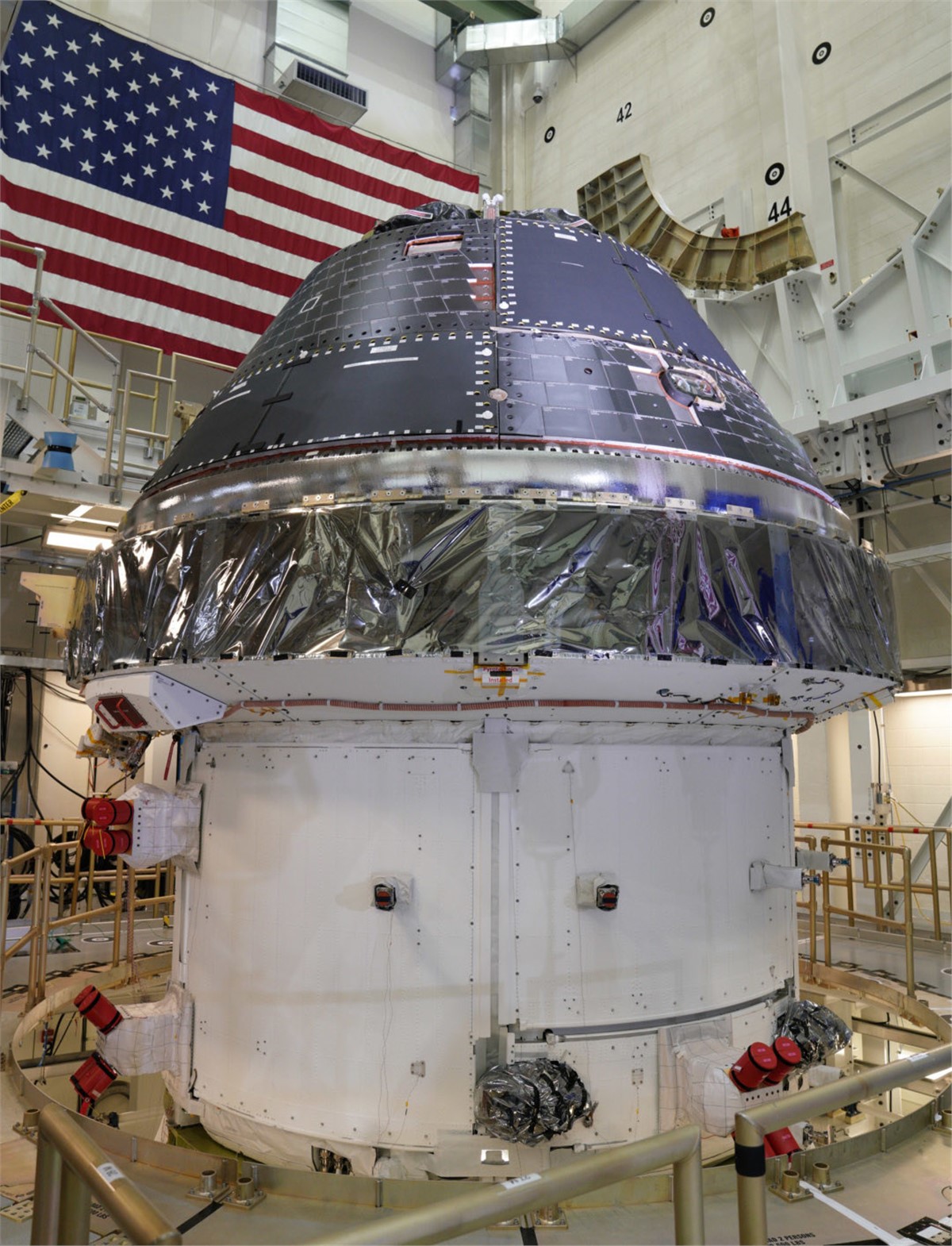
ET Orion was safely bobbing like an oversize, multibillion-dollar cork amid the whitecaps off the coast of Guadalupe Island, awaiting recovery by a contingent of NASA and U.S. Next up were the drogue and main onboard parachutes, that latter of which deployed when the capsule was 5,300 feet above the Pacific Ocean, slowing its speed to a mere 20 miles an hour.īy 12:40 P.M. Surviving that plunge without burning up required the spacecraft’s heat shield to work perfectly-and it did. Reentry is a high-risk, high-energy you want to make sure you get it right.” “We will never, ever be comfortable and complacent about reentry. “They’re basically going through a blowtorch,” says Daniel Dumbacher, who oversaw the SLS’s initial development while he was at NASA and now serves as executive director of the American Institute of Aeronautics and Astronautics. As the spacecraft plummeted, atmospheric friction heated its exterior to more than 5,000 degrees Fahrenheit, or roughly half as hot as the surface of the sun. The next time it touched Earth’s air, instead of skimming across the atmosphere like a skipping stone, Orion dove all the way through. Traveling about 25,000 miles an hour, the spacecraft performed what’s called a skip reentry, briefly dipping in and out of the atmosphere’s outskirts to bleed off speed before making a second, final plunge. The most crucial-and dangerous-test happened today, when Orion left space and made its high-speed return to Earth. “With a new launch vehicle and a really complicated mission, it’s exciting to see that it’s working so well.” “It’s been an incredible success, and the issues that have arisen have been really minor, as far as we know,” says Teasel Muir-Harmony, a space historian and curator of the Apollo collection at the National Air and Space Museum. They tested its propulsion, communication, life support and navigation systems-and found no major issues. NASA managers put the spacecraft through its paces and challenged it to stay functional in the hostile environment of deep space for much longer than a typical crewed mission would last.


During its 26-day mission, Orion traced a record-setting path around the moon, looping to within 80 miles of the lunar surface-and, at its farthest, flying beyond the moon to a point about 270,000 miles from Earth. Launched in the wee hours of November 16, Artemis I is the first flight test of NASA’s massive Space Launch System (SLS) rocket and the first lunar foray of the agency’s crew-rated Orion spacecraft. “Artemis is paving the way to live and work in deep space, in a hostile environment-to invent, to create and ultimately to go on with humans to Mars,” NASA Administrator Bill Nelson told reporters nearly two weeks before the splashdown.

And now, after a journey of 1.4 million miles, NASA’s Orion spacecraft is safely back on Earth-marking the completion of the agency’s Artemis I mission and the first step toward returning humans to the moon. Fifty years ago today humans landed on the lunar surface for the last time during NASA’s Apollo 17 mission.


 0 kommentar(er)
0 kommentar(er)
